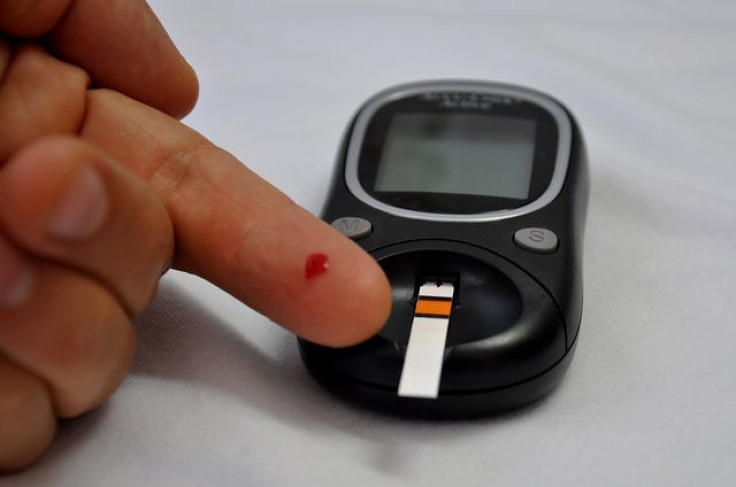Taking Penicillin And Other Antibiotics May Increase Your Type 2 Diabetes Risk

Over the past few decades, rates of obesity and type 2 diabetes have reached epidemic proportions in many nations. Now a new study from the University of Pennsylvania uncovers a link between diabetes and changes in gut bacteria triggered by medicine use. Specifically, the researchers found people treated with two to five courses of certain antibiotic groups had an increased risk of developing diabetes.
Our digestive system harbors nearly 100 trillion bacteria, which are referred to as the gut microbiome. These bacteria, which collectively weigh up to 4 and a quarter pounds, help break down the food we eat, produce vitamins and hormones, and even work as part of our immune defense. Many scientists would go so far as to say these gut microbes function as a separate organ, equal to the liver, say, or the kidney. Even more strangely, the bacteria residing in our guts contain 3.3 million genes — a hundred times the number of our human genes.
It's as if we contain a separate bacterial self and this other self is as individual as we are. In fact, the singular composition and diversity of the gut bacteria that live inside each of us affect our metabolism, our immunity, and ultimately our health.
Penicillin, Cephalosporins, Macrolides, Quinolones
“Antibiotic therapy can alter the microbiota and is commonly used in Western countries,” wrote the authors in their published study. “We sought to evaluate whether past antibiotic exposure increases diabetes risk.”
To understand whether the changes in our gut bacteria resulting from the medicines we use might be linked to diabetes, the researchers searched through a large database from the United Kingdom. They looked for anyone diagnosed with diabetes and then found four “control subjects” who matched them for age, sex, and other key characteristics. The study included 208,002 diabetic cases and 815,576 matched controls, just about one million people.
Comparing how often the patients with diabetes had used different medicines with controls, the researchers found no links between anti-virals and anti-fungals and diabetes risk. However, treatment with two to five courses of certain antibiotics — penicillin, cephalosporins, macrolides, and quinolones — increased the risk of diabetes.
The results not only add to our understanding of how diabetes may develop, but they “are consistent with previous studies in humans showing microbial changes in patients with type 2 diabetes and increased risk of overweight among infants who were exposed to antibiotics during the first year of life,” wrote the authors in their conclusion.
Source: Boursi B, Mamtani R, Haynes K, Yang YX. The effect of past antibiotic exposure on diabetes risk. European Journal of Endocrinology. 2015.



























